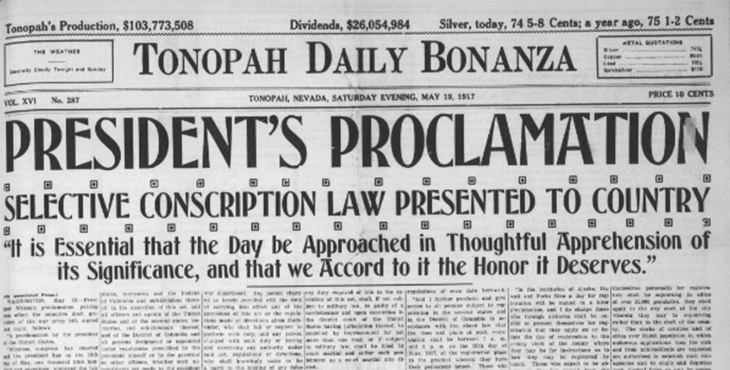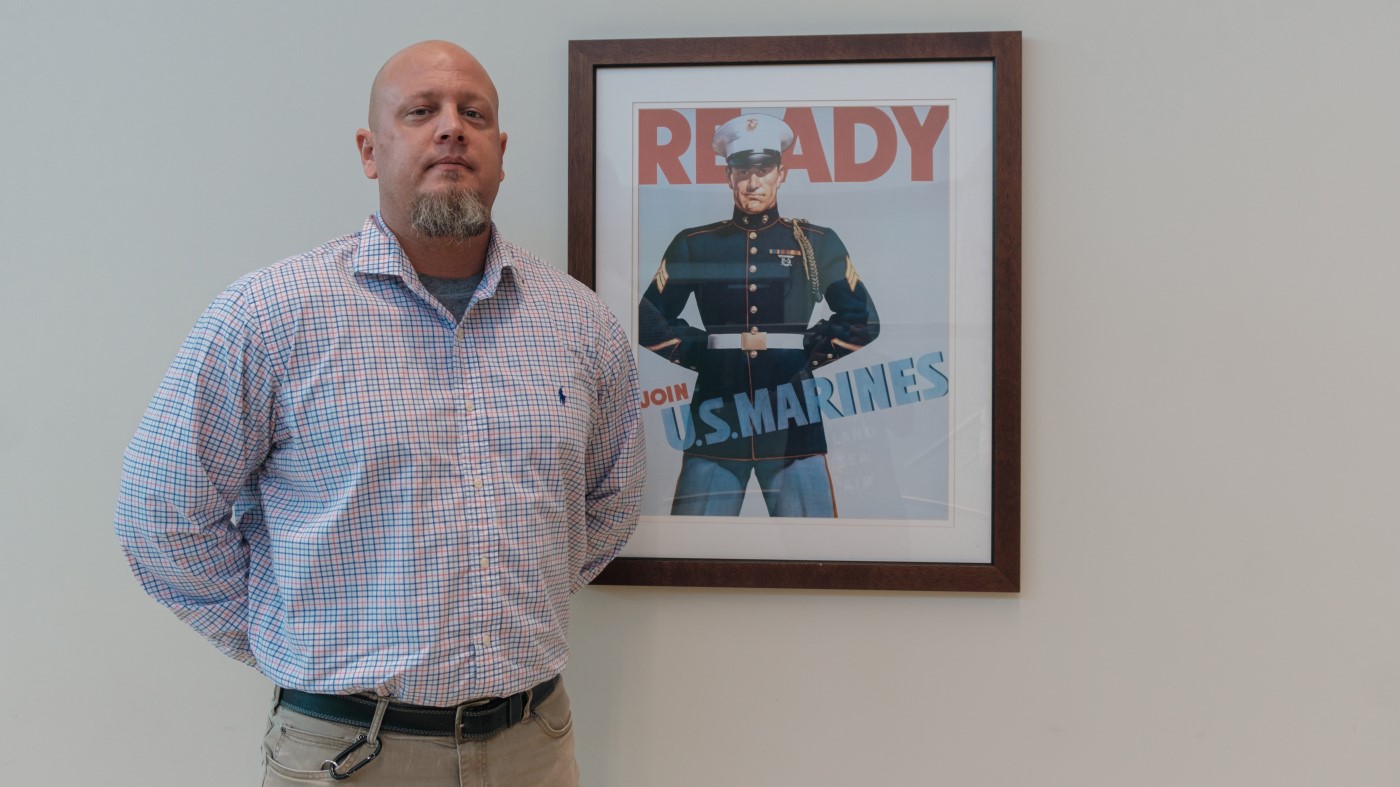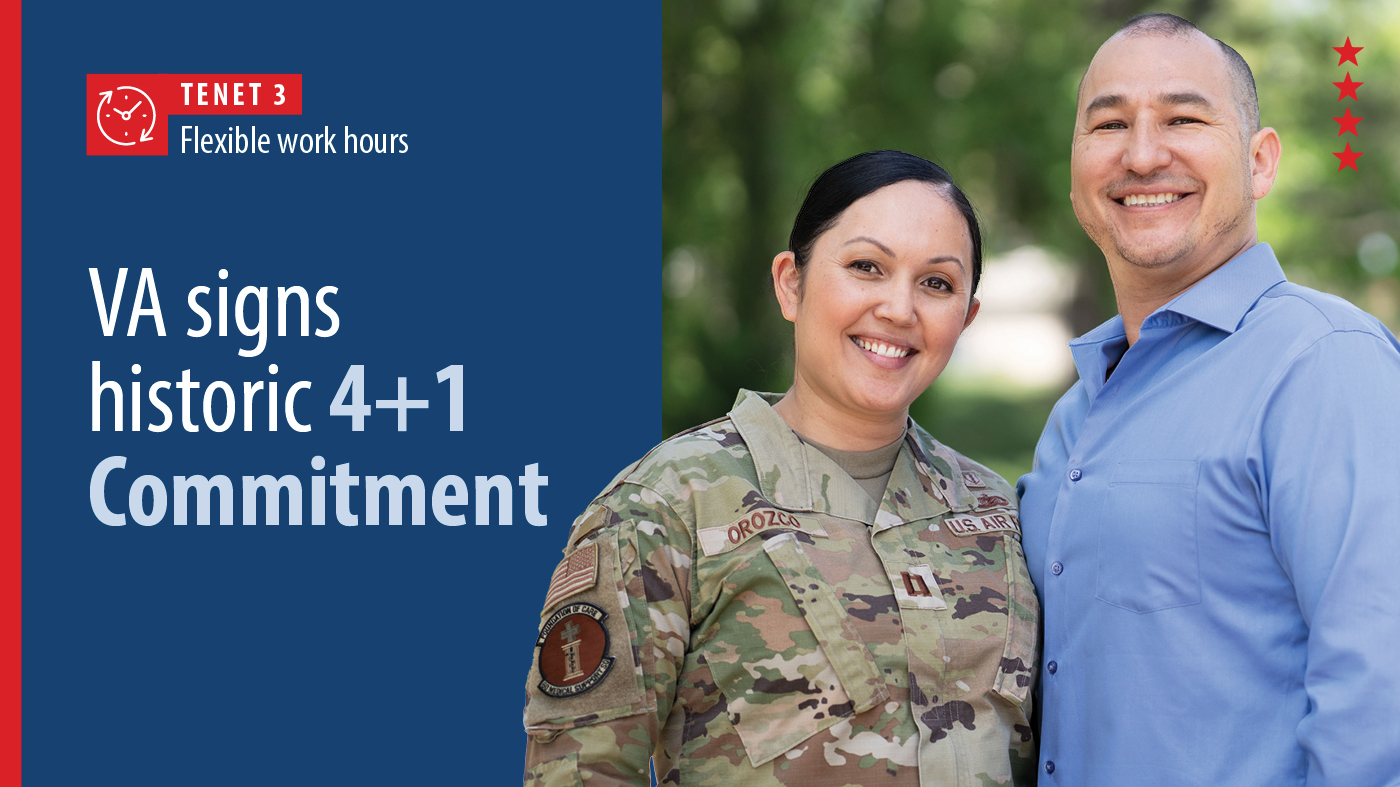World War I marked the fourth time Congress declared war, but just the first time America instituted a draft. The “Great War” also created a new series of benefits for Veterans–some that exist in different forms today.
World War I and the draft
April 6 marks the start of the U.S. involvement in World War I, which 4.7 million Americans fought in.

A story from The Cook County News-Herald
from Grand Marais, Minnesota, July 4, 1917, referring to World War I registration slackers.
President Woodrow Wilson asked for a declaration of war April 2, 1917. The Senate voted April 4 and the House of Representatives voted to adopt the war resolution April 6.
Despite the declaration, American men didn’t volunteer in large numbers. Because the U.S. needed to organize, train and equip a force to fight Germany, Congress passed the Selective Service Act, which started U.S. conscription.
Following the May 18 passage, the first draft registration day was June 5, 1917, for the 48 states and Washington, D.C. In July, the first draft registration for Puerto Rico, Alaska and Hawaii started. This period also started the round up of draft evaders, called “slackers.”
According to the Library of Congress, over 70% of American Army troops were conscripts.
Of the 4.7 million Americans who fought, 116,000 died in service and 204,000 were wounded.
New benefits
Veterans did see new benefits arise out of their World War I service. Congress amended the War Risk Insurance Act of 1914 in 1917 to offer government-subsidized life insurance for Veterans. Additional legislation provided Veterans a $60 discharge allowance at the end of the war.
The War Risk amendments also established authority for Veterans to receive rehabilitation and vocational training. The benefits focused on Veterans with dismemberment, sight, hearing, and other permanent disabilities. Injured service members remained in service and trained for new jobs.
The Vocational Rehabilitation Act of 1918 provided vocational rehabilitation training for honorably discharged disabled World War I Veterans. The act also gave special monthly maintenance allowances for Veterans who couldn’t carry on a gainful occupation. In 1919, a new law fixed Veteran medical care. It gave the Public Health Service greater responsibility, transferred military hospitals to the Public Health Service and authorized new hospitals.
The war also produced another benefit for service members: information. For 17 months, The Stars and Stripes newspaper informed American service members about the war. Over 100 years later, the publication still provides independent news and information to active duty, Department of Defense civilians, Veterans, contractors and families.
Current day
For information on VA life insurance, visit https://www.va.gov/life-insurance/options-eligibility/.
To learn about VA’s Vocational Rehabilitation and Employment, see https://www.benefits.va.gov/vocrehab/.
To read about the current Military Selective Service Act, last amended July 9, 2003, go to the Selective Service System website.
Listen to what the National Commission on Military, National and Public Service is working on to report to Congress on the military selective service process.
Note: Information from the Library of Congress and “VA History in Brief” was used for this story.
Topics in this story
More Stories
There’s a time and a place (and a way) to reach out to recruiters during the application process. Find out the best way to reach out with our helpful tips.
Even as we serve Veterans, we want Veterans like you to join our team, because you understand the value of serving those who served.
VA is implementing the historic 4+1 Commitment to attract, hire, and retain military spouses. Learn more about this commitment and a key tenet, VA’s commitment to flexible work hours for military spouses.







Mr. Willis is correct:
March 3, 1863
The Enrollment Act, 12 Stat. 731, enacted March 3, 1863, also known as the Civil War Military Draft Act, was legislation passed by the United States Congress during the American Civil War to provide fresh manpower for the Union Army.
Dear Mr. Adam Stump,
I was perplexed by you article that stated that when the draft was passed by congress this was the first time that America had a draft or did you mean to say it was the first that America for the first time had benefits along with the draft? If you did say that this was the first time that America had a draft I may be wrong but President Lincoln got congress to pass a draft during the civil war. There were serious riots that were covered in the papers of the time.
I would suggest you read more at the Library of Congress page at https://blogs.loc.gov/headlinesandheroes/2018/06/wwi-draft/.